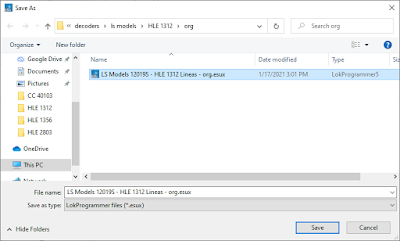Since the workshop is too cold now, I'm putting the test bench to good use. I'm setting my DCC engines' addresses and reviewing the overall decoder configuration. I'm not going too deep into all the CVs for now.
So far, I've encountered three types of decoders: ESU, Zimo, and M4. I can program ESU decoders with the ESU LokProgrammer mounted on my test bench. Since the LokProgrammer supports almost only ESU decoders, I then have to use the ECoS to configure Zimo and M4 decoders.
- ESU decoders for ESU and LS Models engines, as well as decoders from Train-modelisme.com
- Zimo decoders for Roco engines
- M4 decoders for Trix engines
Programming Zimo and M4 decoders with the ECoS
Here are the steps to program a Zimo decoder that seats inside the Roco 73215 Traxx Lineas:
1. Make sure the track is plugged into the Prog connector of the ECoS
2. Add a new loco, go to the Advanced tab, and click on Start:
3. After a minute or so, information about the decoder inside the model will be displayed:
4. On the next side tab, I can set the address of this engine:
When choosing a long DCC address (>127), it is very important to check the last checkbox! There is more to explore in the next few side tabs, but I've not looked into those yet.
5. On the Properties tab, I can set the various functions. Either I have the documentation or I can test each function, either way, it's pretty easy to set the icon and type of each function:
6. On the first tab, I can set the name and the image:
And voilà:
The next article will be about ESU LokProgrammer.














